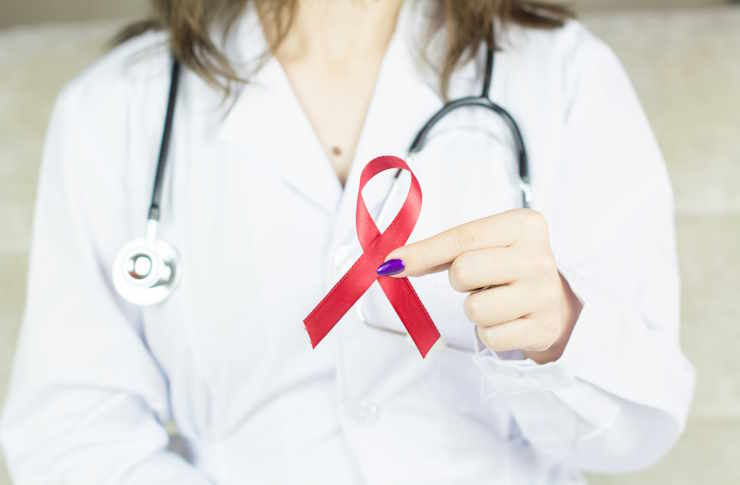Prostate Cancer Treatment: Options, Expectations, and Support
Prostate cancer treatments vary by stage and health goals, including active monitoring, surgery, radiation, and hormone therapy. Discover how treatment plans are chosen, what to expect, and where to find support as you or a loved one explores options.

What are the main prostate cancer treatment options?
Prostate cancer treatment options vary depending on several factors, including the stage of cancer, overall health of the patient, and personal preferences. The main treatment approaches include:
-
Active Surveillance: For low-risk, slow-growing prostate cancers, doctors may recommend closely monitoring the cancer without immediate treatment. This involves regular check-ups, PSA tests, and biopsies to track any changes.
-
Surgery: Radical prostatectomy is a surgical procedure that removes the entire prostate gland and some surrounding tissue. This can be performed through traditional open surgery or minimally invasive techniques like laparoscopic or robotic-assisted surgery.
-
Radiation Therapy: This treatment uses high-energy beams to kill cancer cells. It can be delivered externally (external beam radiation therapy) or internally (brachytherapy, where radioactive seeds are implanted in the prostate).
-
Hormone Therapy: Also known as androgen deprivation therapy, this treatment aims to reduce levels of male hormones (androgens) that can fuel prostate cancer growth. It can be used alone or in combination with other treatments.
How are prostate cancer treatment plans chosen?
Selecting the most appropriate prostate cancer treatment plan is a collaborative process between the patient, their healthcare team, and often family members. Factors that influence treatment decisions include:
-
Cancer stage and grade: The extent of cancer spread and its aggressiveness play a significant role in determining treatment options.
-
Patient’s age and overall health: Some treatments may be more suitable for younger, healthier patients, while others might be better for older individuals or those with other health conditions.
-
Potential side effects: Each treatment option carries its own set of potential side effects, which can impact quality of life. These should be carefully considered when making treatment decisions.
-
Personal preferences: Some patients may prioritize maintaining sexual function or urinary continence, while others may be more focused on aggressive cancer elimination.
-
Treatment goals: Whether the aim is to cure the cancer, control its growth, or manage symptoms will influence the chosen approach.
What can patients expect during prostate cancer treatment?
The experience of prostate cancer treatment varies depending on the chosen approach. Here’s a general overview of what patients might expect:
-
Active Surveillance: Regular check-ups, PSA tests, and occasional biopsies to monitor cancer progression.
-
Surgery: A hospital stay of 1-3 days, followed by a recovery period of several weeks. Patients may experience temporary urinary incontinence and erectile dysfunction.
-
Radiation Therapy: Daily treatments over several weeks for external beam radiation, or a shorter course for brachytherapy. Side effects may include urinary and bowel problems, fatigue, and erectile dysfunction.
-
Hormone Therapy: Administered through injections, pills, or surgery. Side effects can include hot flashes, reduced libido, fatigue, and mood changes.
Regardless of the treatment chosen, patients can expect regular follow-up appointments to monitor progress and manage any side effects.
How effective are different prostate cancer treatments?
The effectiveness of prostate cancer treatments can vary based on individual cases. Here’s a comparison of some common treatment approaches:
| Treatment | Effectiveness | Side Effects | Recovery Time |
|---|---|---|---|
| Active Surveillance | Suitable for low-risk cancers | Minimal | N/A |
| Radical Prostatectomy | High cure rate for localized cancer | Urinary incontinence, erectile dysfunction | 4-6 weeks |
| External Beam Radiation | Effective for localized and locally advanced cancer | Urinary and bowel issues, fatigue | Minimal |
| Brachytherapy | Good option for low to intermediate-risk cancer | Urinary symptoms, erectile dysfunction | 1-2 days |
| Hormone Therapy | Effective for advanced or recurrent cancer | Hot flashes, loss of libido, fatigue | Ongoing |
Prices, rates, or cost estimates mentioned in this article are based on the latest available information but may change over time. Independent research is advised before making financial decisions.
Where can patients find support during prostate cancer treatment?
Dealing with prostate cancer can be challenging, but numerous support resources are available:
-
Medical team: Oncologists, urologists, and nurses can provide medical information and guidance throughout treatment.
-
Support groups: Local or online support groups offer opportunities to connect with others facing similar challenges.
-
Mental health professionals: Counselors or psychologists can help patients and their families cope with the emotional aspects of cancer treatment.
-
Patient advocacy organizations: Groups like the Prostate Cancer Foundation or Us TOO International provide educational resources and support services.
-
Family and friends: A strong personal support network can be invaluable during the treatment journey.
Prostate cancer treatment is a complex and personal journey. By understanding the available options, what to expect during treatment, and where to find support, patients can approach their care with greater confidence and preparedness. Remember that each case is unique, and working closely with a healthcare team is crucial for developing the most appropriate treatment plan.
This article is for informational purposes only and should not be considered medical advice. Please consult a qualified healthcare professional for personalized guidance and treatment.




